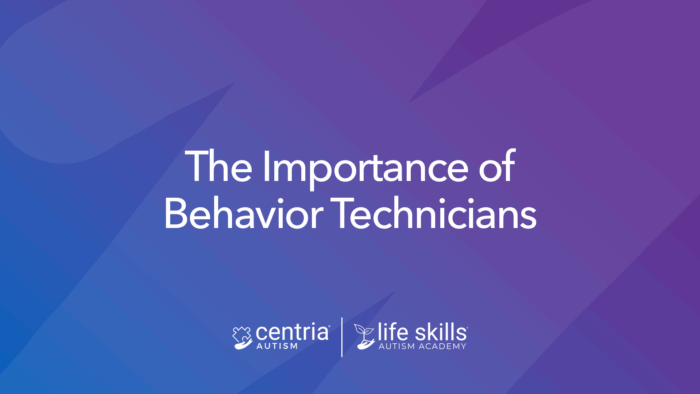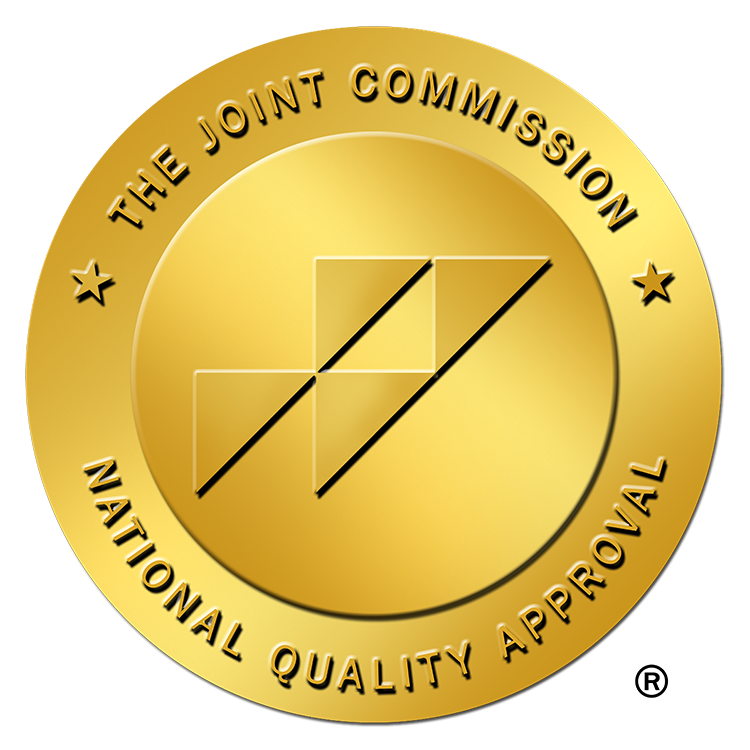Redefining Accountability in Healthcare
What is accountability? Stated simply, being “accountable” refers to taking ownership of a process or its results, where “ownership” refers to experiencing the consequences, good or bad.
Accountability often gets a bad reputation in clinical settings. It can feel like a spotlight searching for mistakes, making people tense up whenever numbers or reports are mentioned, because very often accountability involves punishment when things go wrong, and nothing when things go well.
But true accountability isn’t about blame – it’s about shared responsibility, collaboration, and growth. In a field as demanding as ABA, where every decision impacts a client’s well-being, we need a culture where data are used to build people up, not tear them down.
What if we flipped the script? Accountability doesn’t have to mean blame or fear. It can mean shared responsibility, open communication, and collective growth. When we use data the right way, it becomes a bridge to solutions, not a tool for punishment.
When Accountability Feels Like Punishment
Data in ABA are everywhere. We have information on clients’ targets, interfering behavior, treatment plan timeliness, clinician billing behavior, and how often payers reject client authorizations. The list goes on.
These data are powerful, but they can be misused. If these metrics are only mentioned when something goes wrong—late notes, missing data sheets, or a procedural error—staff may start to associate data with “trouble.” This creates a fear-based environment and has real consequences. Employees might:
- Avoid asking for help, worried it’ll make them “look bad.”
- Underreport mistakes or feel unsafe speaking up about challenges.
- Focus on “looking good on paper” and alter the data to appear better than they are.
The goal of accountability should never be to punish the individual. A punitive approach stifles learning and innovation – the exact opposite of what we want in a supportive clinical environment.
Reframing Accountability as Support
What if accountability wasn’t about catching mistakes but about catching opportunities to help? Data are neutral; it’s just information. The meaning we assign to it determines whether it feels like a weapon or a lifeline. By analyzing data with curiosity, not judgment, we can:
- Spot patterns showing where staff need more resources or training.
- Identify systemic barriers, like unclear processes or unrealistic expectations.
- Highlight success stories and best practices to share with the team.
Consider this example: A behavior technician (BT) consistently struggles to record interfering behavior data during sessions. In a punitive culture a supervisor might specifically point out their data errors and reprimand them for the mistake. In a culture of supportive accountability, the goal is to understand more deeply why that BT is struggling. We might ask:
- Was the BT trained sufficiently on the behavior protocol?
- Has the BT had sufficient support and supervision?
- Does the BT have all the resources and materials they need to take accurate data?
- Is the RBT overwhelmed by challenging behaviors during sessions?
- Does the team need better strategies for managing transitions so data can be collected accurately?
- Would a quick refresh on the data collection system make things easier?
In this approach, data become a conversation starter, not a hammer. It allows BCBAs and leaders to problem-solve collaboratively, addressing systemic barriers instead of pointing fingers. The result? More confident, supported BTs and clinicians and more reliable data for our clients.
Five Ways to Build a Fear-Free Accountability Culture
- Lead with Clear Intent: Staff need to hear—repeatedly—that data are there to guide support, not enforce punishment. Leaders can model this by responding with curiosity first (“What’s getting in the way?”) rather than judgment.
- Highlight What’s Working: Data should shine a light on success as much as on areas for improvement. Share metrics showing increased skill acquisition rates, high parent satisfaction scores, or improved treatment integrity. Positive reinforcement works for adults too. However, be careful not to punish! For some people, public celebrations can punish, not reinforce, so before you publicly celebrate someone’s wins, make sure they’re comfortable with you doing so.
- Focus on Process, Not Blame: When documentation is late or errors occur, shift the conversation from “who’s at fault?” to “what’s not working in the process?” Often, issues like unclear expectations, technology glitches, or workload challenges are the real culprits.
- Bring Staff Into the Data Review: Instead of presenting numbers as verdicts, invite RBTs and clinicians to review data together. Looking at session data as a team fosters transparency and shared problem-solving, turning accountability into collaboration.
- Pair Metrics With Coaching and Resources: If data show gaps, the next step should be providing support: modeling procedures, providing refresher trainings, or adjusting caseloads. Don’t use them to punish or reprimand.
Conclusion: Support Over Fear
True accountability builds people up; it doesn’t tear them down. In ABA, where our ultimate goal is to help clients thrive, we can’t afford a culture where staff feel afraid of the very data meant to guide better outcomes.
When leaders and clinicians use data as a tool for support, growth, and shared responsibility, everyone benefits: RBTs feel safe to ask for help, BCBAs can problem-solve effectively, and clients receive more consistent, high-quality care.
So next time a metric catches your attention, try replacing, “Who dropped the ball?” with “What do we need to change to help our team succeed?” That’s how we build a culture of accountability, without fear, and with far greater impact.
About the Author
Dr. Zachary Morford is a Board Certified Behavior Analyst – Doctoral (BCBA-D) with a diverse background in behavior analysis spanning animal training, instructional design, precision teaching, healthcare consulting and more. He is primarily interested in leveraging technology to produce positive behavior change and enhance the outcomes and experiences of the clients, staff, and stakeholders.
As a Clinical Data Analyst at Centria, he uses his expertise in behavior science and data analysis to support the delivery of quality care and services by building descriptive and predictive analytics of a wide variety of clinical datasets. Located in Colorado, Dr. Morford previously served as the Executive Director of the Texas Association for Behavior Analysis and continues to contribute to the field through teaching, writing, research, and public speaking.





